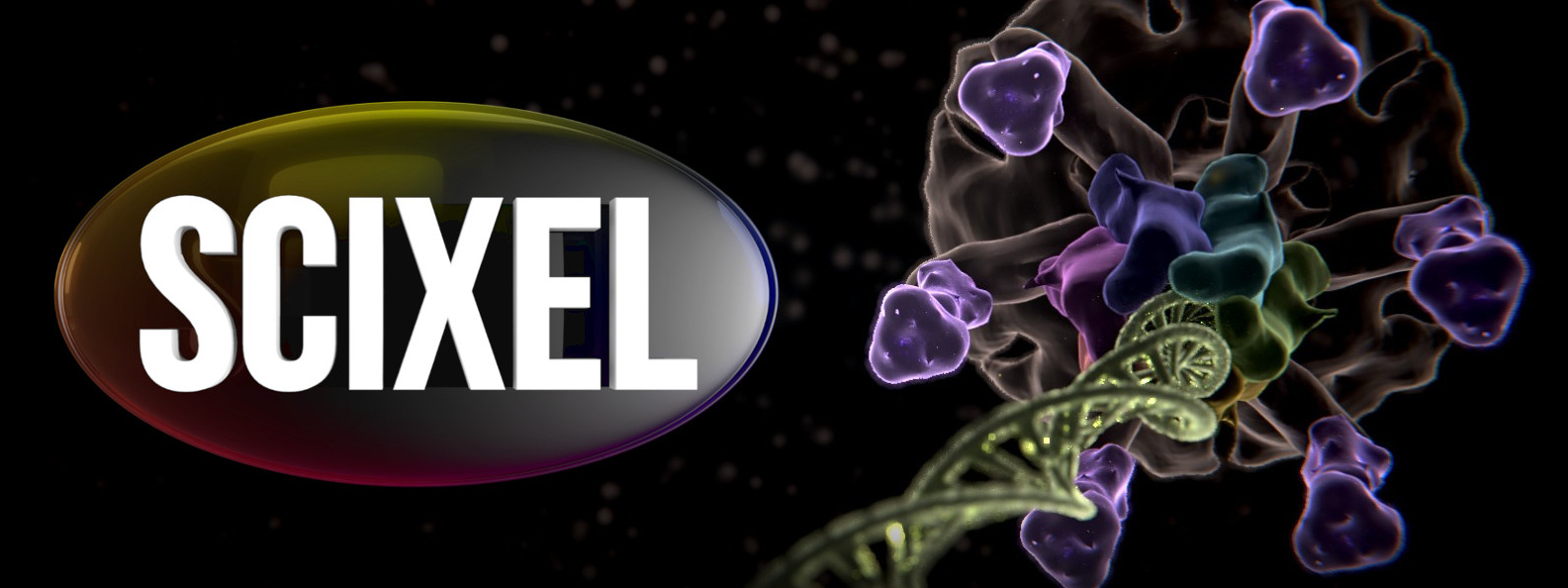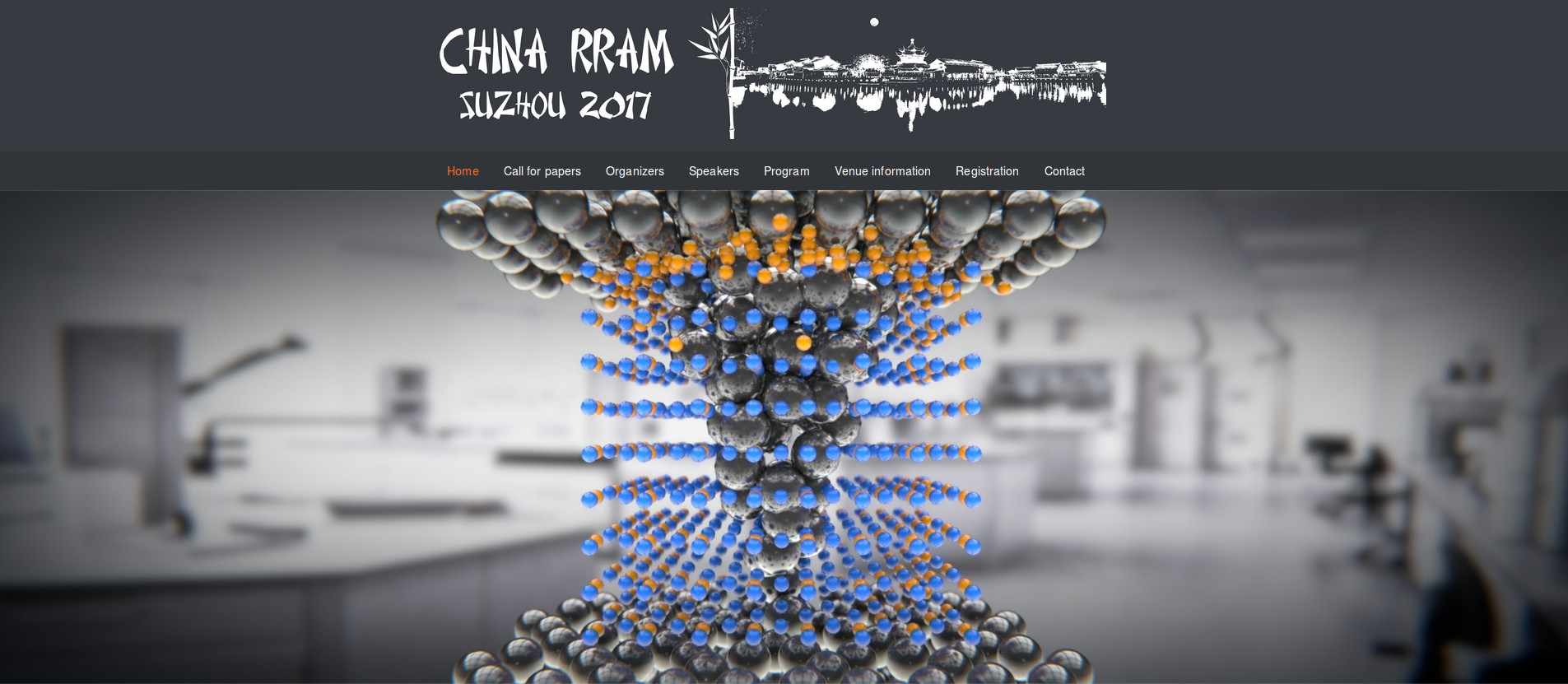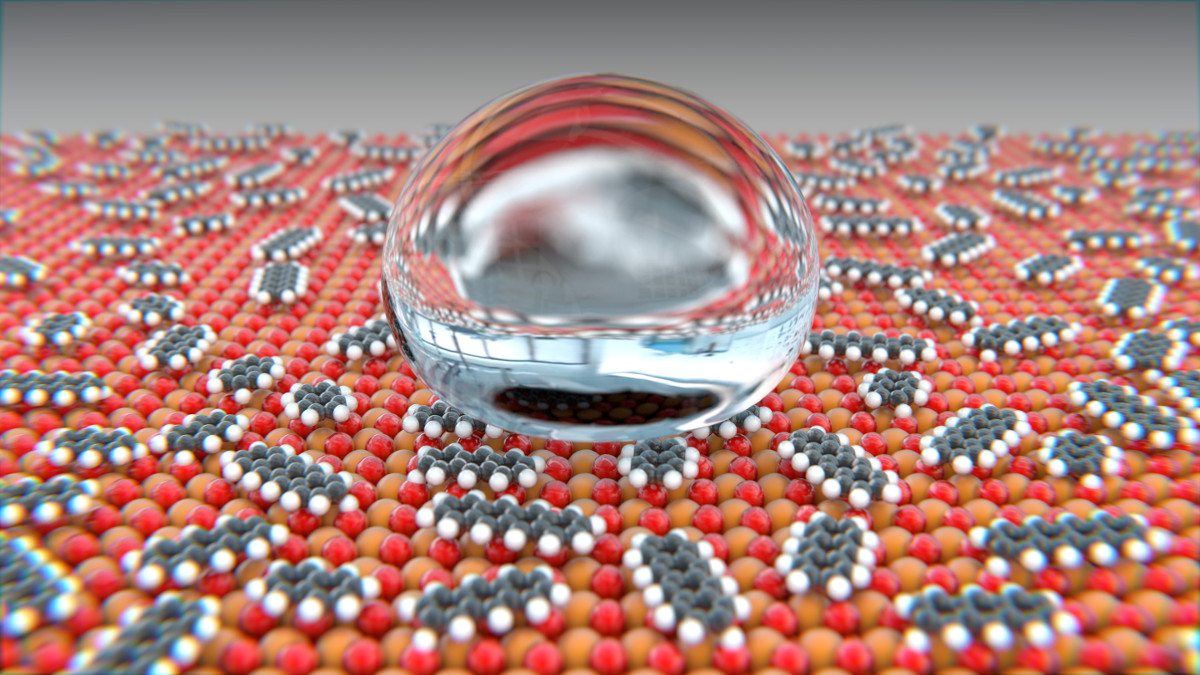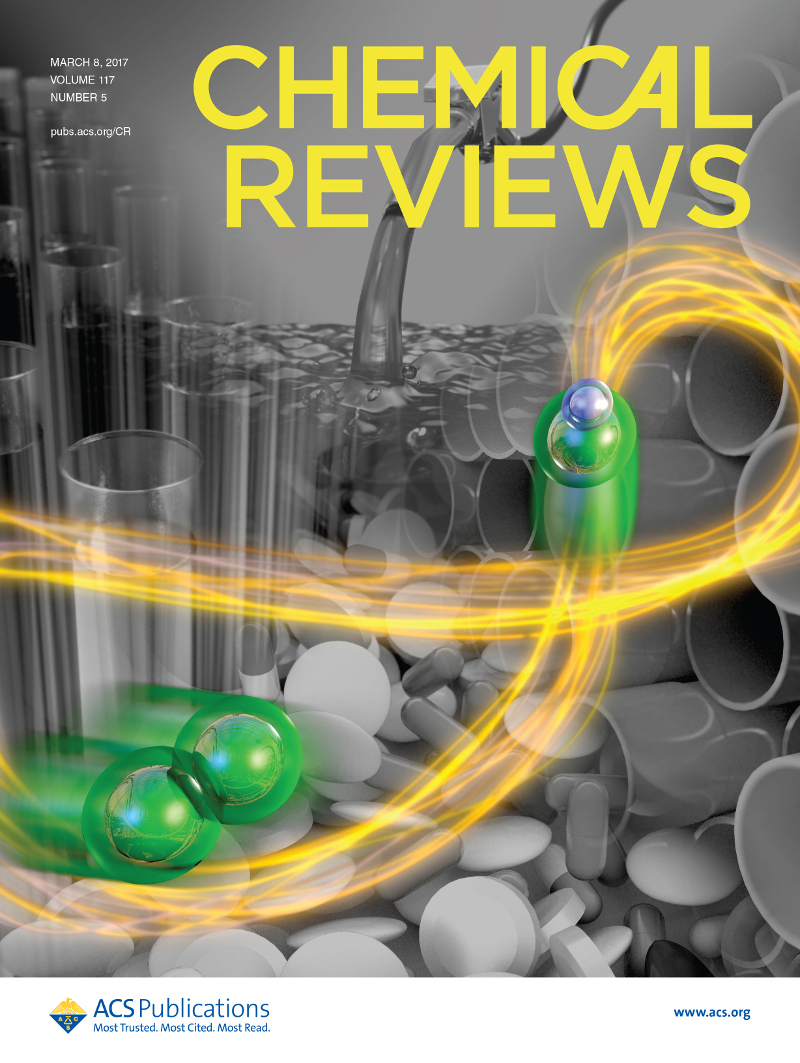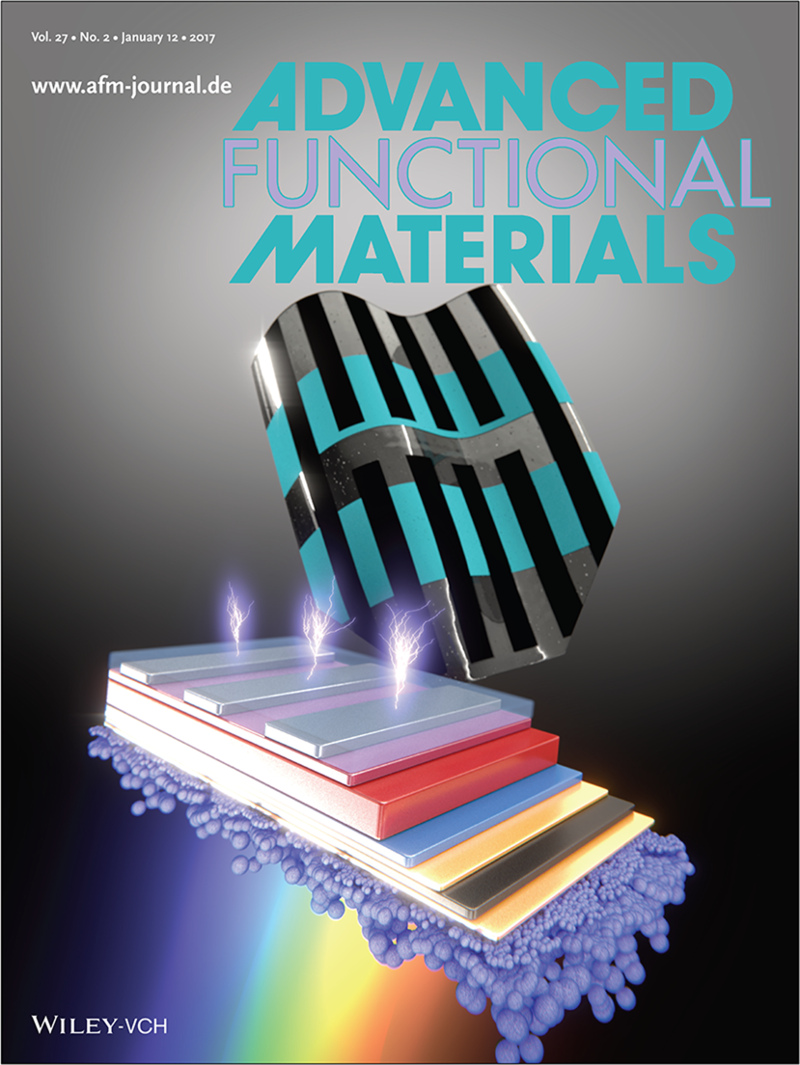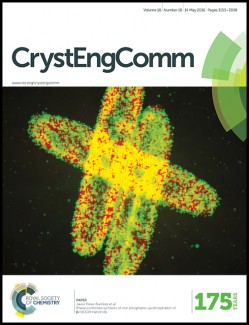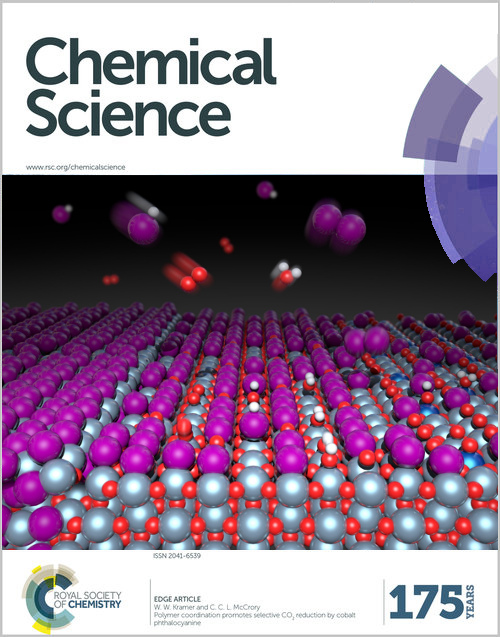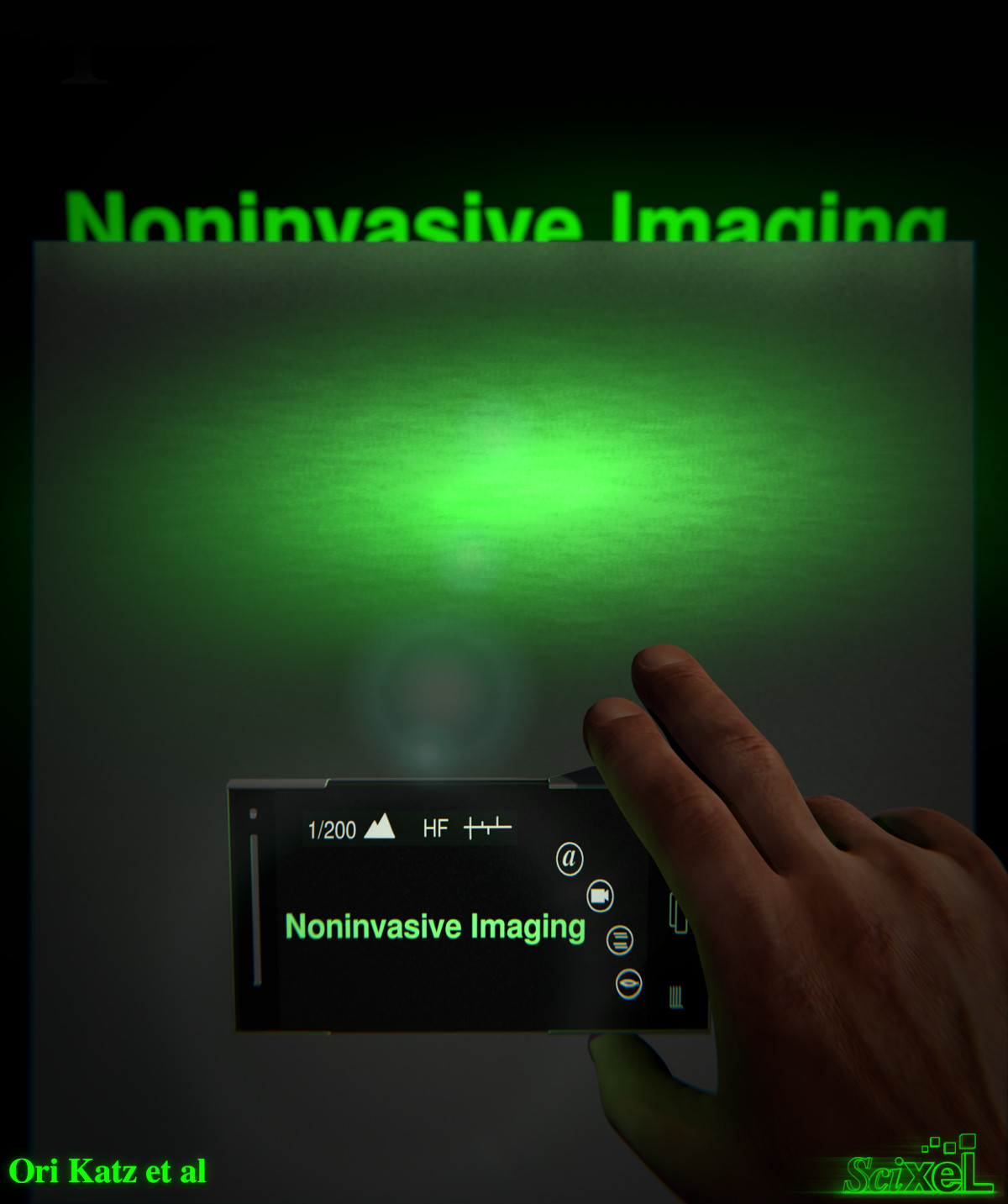I know I say this a lot, but one of the main benefits of this job is that you get to know about cool projects like that of GrapheneX. Simply put, the GrapheneX team from TUDelft, is studying the potential use of graphene-based materials as solar sails. Light from the Sun or a laser beam is used to transfer momentum to a sail making possible to move low mass objects.
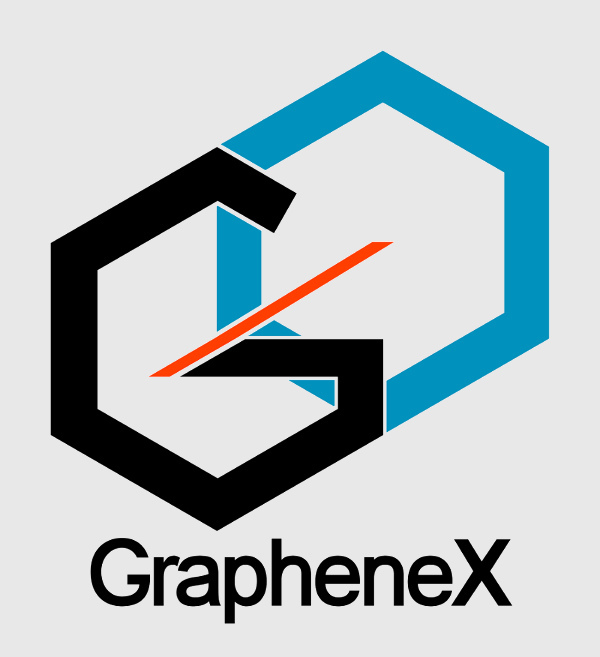
This transport technology has already been successfully tested for low-Earth orbit applications, navigation control, and Solar System exploration. The main handicap is the low thrust generated by radiation pressure. The solution?, designing sails with very low density but still with high Young’s modulus, high tensile strength and highly stretchable. Does this ring a bell? yes, it is graphene again.
The multinational GrapheneX team (Santiago J. Cartamil, Rocco Gaudenzi, Vera A. E. C. Janssen and Davide Stefani) won the ‘Drop your Thesis 2017’ competition. This means, this November, they will start to make experiments on microgravity at the Bremen Drop Tower.
On a minor note, they asked Scixel to design the logo and here it is. And if everything goes as expected, there is more funny stuff to come. So stay tuned.
